Key Takeaways
- Supermodels are driving a shift toward inclusivity, sustainability, and tech‑enabled shows.
- Runway formats now range from traditional catwalks to virtual, immersive experiences.
- Fashion weeks across the globe are embracing diversity and AI‑generated designs.
- Tickets, streaming options, and safety protocols make attending a show easier than ever.
- Understanding the new landscape helps you follow, book, or even work in fashion.
Direct Answer
In short, the supermodels you see on Instagram are reshaping the runway - they’re demanding more body‑positive casting, partnering with tech to create hybrid shows, and turning fashion weeks into cultural events that blend art, activism, and commerce.
Comprehensive Guide to Supermodels & the Runway Revolution
Imagine stepping into a room where the lights dim, a beat drops, and a towering figure glides down a digital catwalk that stretches across a stadium and an online stream at the same time. That’s the new reality of fashion shows, and it all starts with the rise of the modern Supermodel a high‑profile fashion model who transcends the runway to become a cultural icon. From the classic runway of the 1990s to today’s AI‑enhanced spectacles, the industry has undergone a dramatic evolution.
Definition and Context
The term Runway the platform where designers showcase their collections to buyers, press, and the public originally meant a simple, narrow platform in a backstage setting. In the past two decades, it has expanded into massive venues, VR experiences, and even Instagram Reels. This shift is often called the “runway revolution.” It reflects three core forces: the growing influence of supermodels as brand ambassadors, the rise of digital technology, and a push for diversity and sustainability across the fashion ecosystem.
Benefits of the Runway Revolution
Why does this matter to you? The new runway model brings real, tangible benefits:
- Inclusivity: Designers now cast models of various sizes, ages, and ethnicities, mirroring the global audience.
- Sustainability: Virtual shows cut down on travel emissions and waste from samples.
- Engagement: Live‑streaming on platforms like Instagram and YouTube allows fans to interact in real time.
- Innovation: AI‑generated garments and holographic models push creative boundaries.
For example, during Paris Fashion Week 2024, Balenciaga debuted a mixed‑reality show where digital avatars walked alongside human models, attracting 12 million online viewers - a record for a runway event.
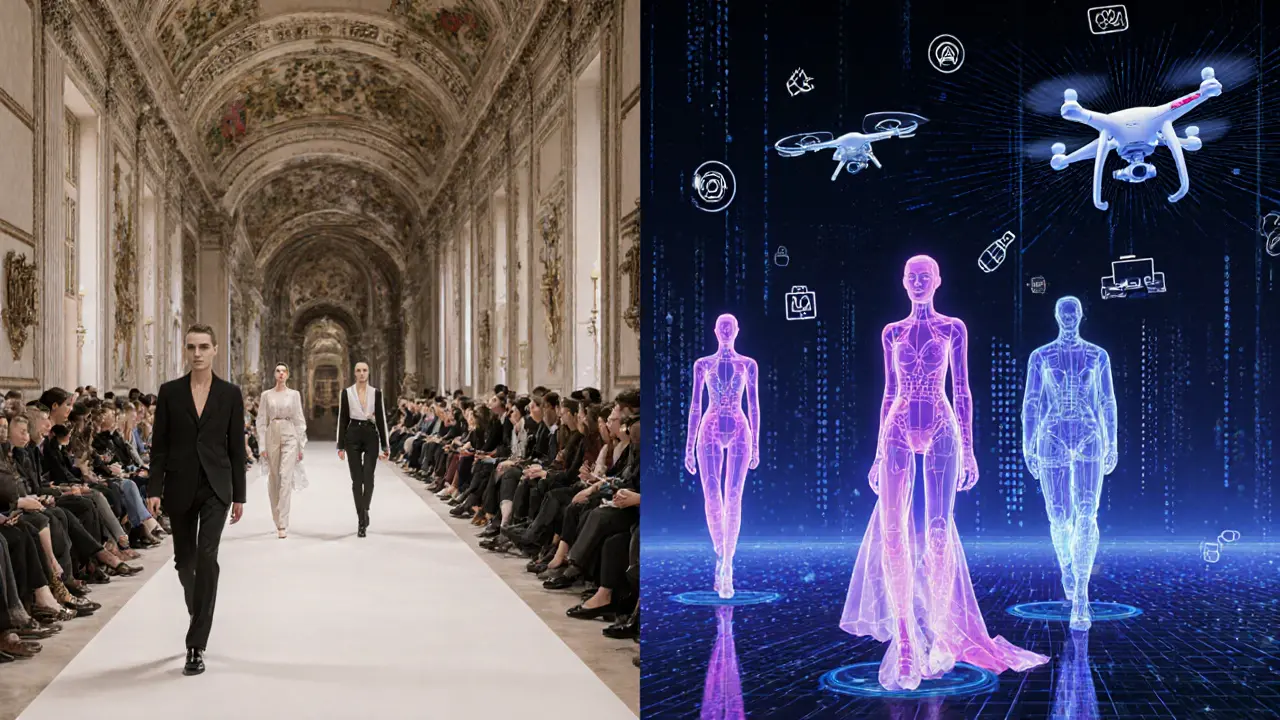
Types of Runway Shows Available Worldwide
Today’s runway can be grouped into four main formats:
- Traditional Catwalk: The classic runway with a physical audience, still the gold standard for high‑end couture.
- Hybrid Live‑Stream: A physical show streamed on platforms like Instagram, offering ticketed access to digital viewers.
- Fully Virtual: Entirely digital environments built in Unreal Engine or similar, often featuring AI‑generated models.
- Immersive Experience: Pop‑up installations where attendees walk through a 360° set, blending fashion with art installations.
Each format caters to different audience preferences, budgets, and geographic locations.
How to Find Supermodel Runway Shows in Major Fashion Capitals
If you want a front‑row seat (or a virtual one), start with the world’s main fashion weeks:
- New York Fashion Week - typically held in February and September.
- London Fashion Week - known for avant‑garde designers and emerging talent.
- Milan Fashion Week - home to luxury houses like Gucci and Prada.
- Paris Fashion Week - the crown jewel, where haute couture reigns.
Check the official event websites for ticket sales, streaming links, and schedule updates. Many shows now offer a “digital pass” - a low‑cost subscription that grants you backstage footage, model interviews, and real‑time polls.
What to Expect During a Runway Session
Whether you’re seated in a Parisian Palais or watching on a laptop, the experience follows a familiar rhythm:
- Opening Set‑Up: Ambient music, lighting cues, and a brief video that sets the collection’s theme.
- Model Line‑Up: Supermodels stride down the runway, often paired with celebrity guests or influencers.
- Backstage Glimpses: For virtual streams, expect quick cut‑aways to designers adjusting garments.
- Encore & After‑Party: Some shows conclude with a DJ set and a chance to mingle with industry insiders.
Dress code varies - front‑row tickets usually require black‑tie chic, while virtual viewers can stay in comfy loungewear.
Pricing and Booking
Ticket prices differ dramatically:
- Physical Seats: $150-$2,500 for standard vs. VIP front‑row seats.
- Digital Passes: $20-$60 for a live stream plus exclusive behind‑the‑scenes content.
- Industry Access: Trade buyers often receive complimentary passes, but must register through a modeling agency or fashion council.
Booking is simple: go to the fashion week’s official portal, select your pass, and pay securely online. For last‑minute tickets, keep an eye on reputable resale platforms - they verify authenticity to avoid scams.
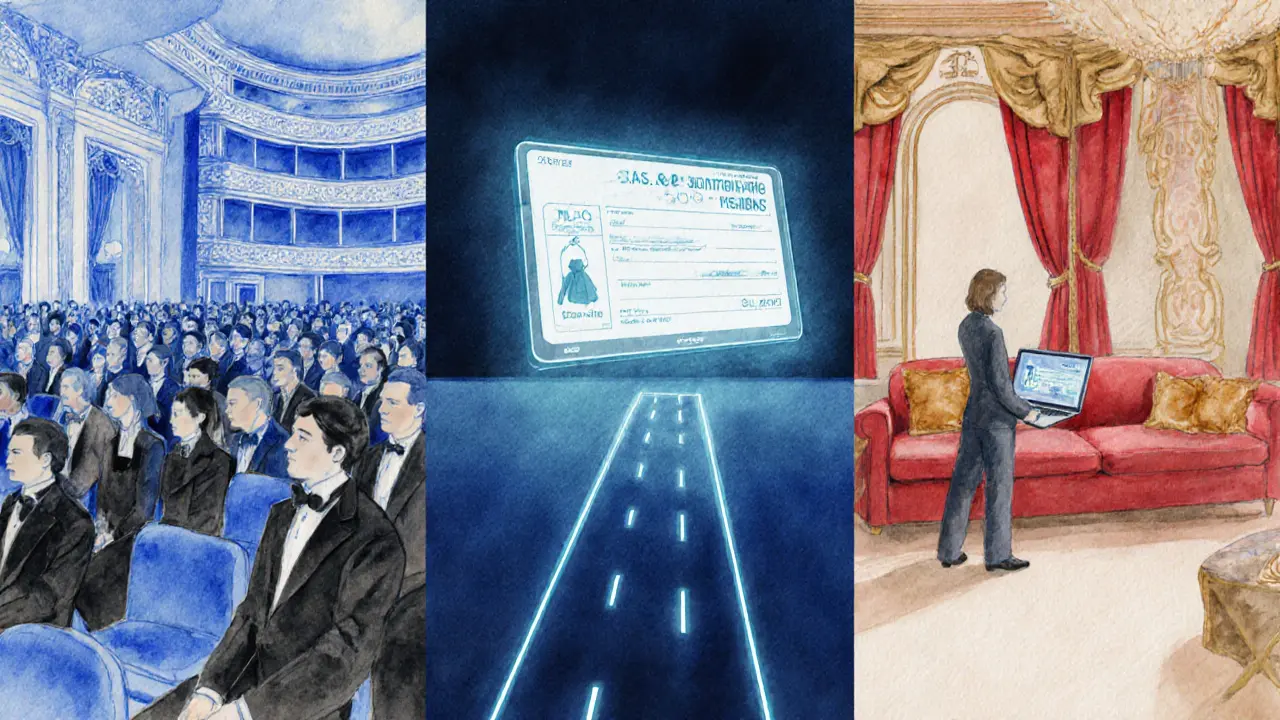
Safety Tips for Attending Runway Events
Even glamorous events have logistics to manage:
- Arrive early to allow time for security checks and crowd navigation.
- Keep personal belongings close; many venues have bag‑check policies.
- If you’re streaming, secure a stable internet connection - a wired Ethernet cable works best.
- Stay updated on any health guidelines; many shows still require proof of vaccination for in‑person attendees.
Comparison Table: Supermodel vs. Influencer Model on the Runway
| Aspect | Supermodel | Influencer Model |
|---|---|---|
| Background | Professional runway training; agency representation | Social media following; often self‑managed |
| Audience Reach | Industry insiders, high‑end press | Followers on Instagram, TikTok, YouTube |
| Typical Compensation | High per‑show fees, long‑term contracts | Pay‑per‑post, sometimes lower runway fees |
| Impact on Trends | Set runway standards; often dictates seasonal looks | Accelerates trend diffusion via viral posts |
| Fit with Runway Revolution | Leads inclusivity, works with designers on tech pieces | Amplifies digital shows through personal channels |
Frequently Asked Questions
What makes a model a "supermodel" today?
A supermodel now combines runway experience, global brand partnerships, and a massive social media presence. They influence both high fashion and street style, often speaking out on social issues.
Are virtual runway shows cheaper to attend?
Yes. Digital passes usually cost a fraction of physical tickets, offering live streams plus exclusive backstage clips for $20‑$60, compared to $150+ for in‑person seats.
How are designers incorporating sustainability into runway shows?
Many now showcase collections made from recycled fabrics, use renewable energy for lighting, and replace travel‑heavy sample drops with digital fittings.
Can I book a backstage tour at a fashion week?
Backstage tours are usually limited to industry professionals, but some fashion weeks offer VIP packages that include limited backstage access for an additional fee.
What should I wear to a runway event?
Dress code varies: front‑row guests wear cocktail or black‑tie attire, while general audience members can opt for smart‑casual. Check the invitation or ticket details for specifics.
Ready to Experience the Runway Revolution?
Whether you’re craving a front‑row seat, a digital pass, or just want to follow the latest supermodel trends on social media, the new runway is open to everyone. Grab a ticket, log in to a live stream, and watch fashion history unfold in real time.

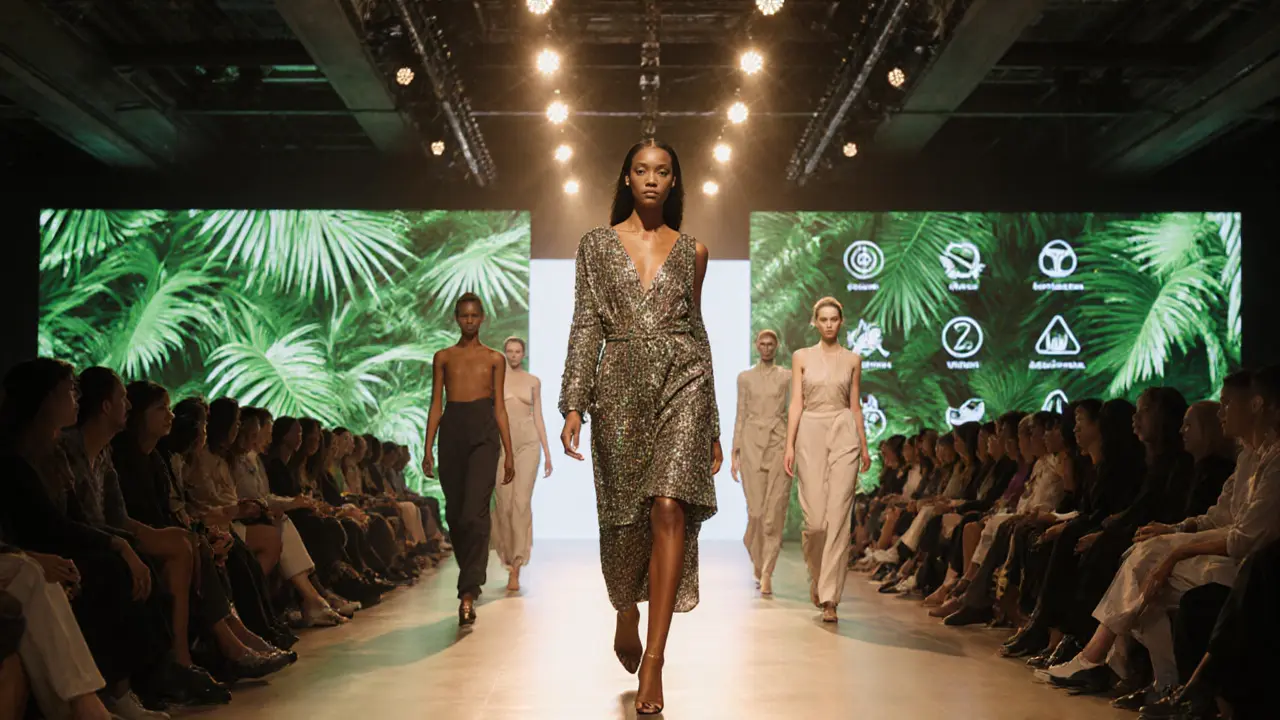

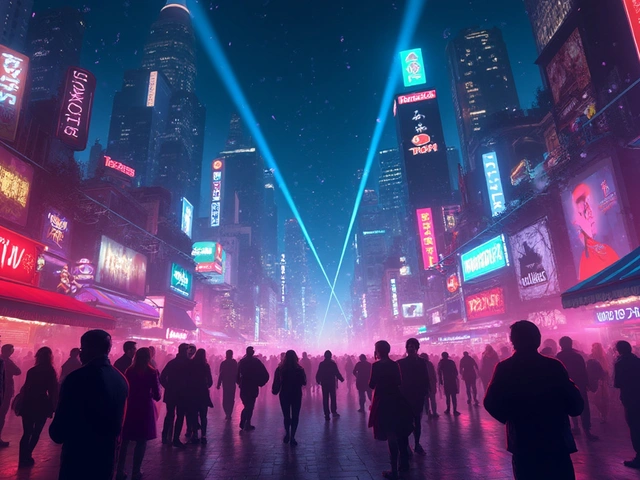

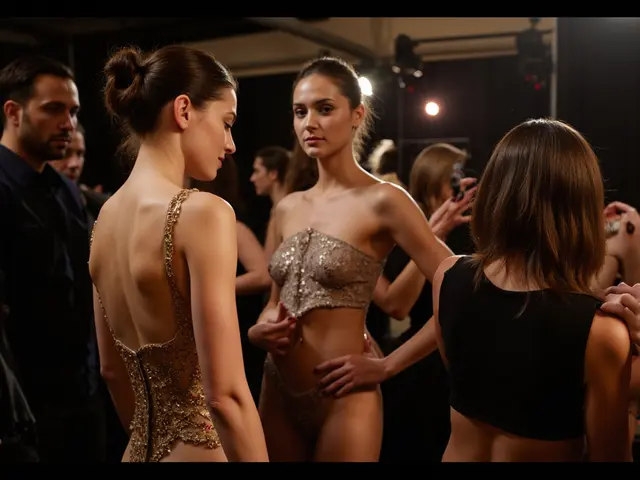
Devon Rooney
Supermodels are driving a real paradigm shift in the runway landscape, leveraging brand equity and digital integration to push inclusivity metrics forward. The convergence of high‑fashion aesthetics with sustainable material science is raising the industry’s ESG profile. Moreover, the rise of AI‑generated silhouettes is creating a feedback loop that accelerates trend cycles. It's essential for stakeholders to adopt a cross‑functional mindset to stay competitive.
Caryn Guthrie
Just another hype train that forgets the real work.
Helen Chambers
Wow, the runway revolution feels like watching a blockbuster movie unfold in haute couture! 🎬✨ Supermodels strutting alongside holographic avatars is pure magic that shifts the cultural zeitgeist. The energy in hybrid shows is electrifying, turning fashion into an immersive art installation. 🌈🚀 Keep cheering on this bold evolution, because the future looks dazzling! 🌟